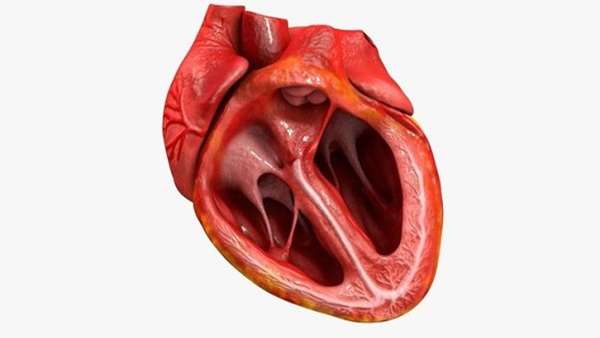Human Embryonic Stem Cells for Ischemic LV Dysfunction
Is it feasible and safe to transplant cardiovascular progenitors derived from human embryonic stem cells (hESCs) to previously infarcted myocardium during coronary artery bypass grafting (CABG)?
Is it feasible and safe to transplant cardiovascular progenitors derived from human embryonic stem cells (hESCs) to previously infarcted myocardium during coronary artery bypass grafting (CABG)?
Six patients with severe left ventricular (LV) systolic dysfunction and previous infarction, undergoing CABG, received an epicardial fibrin patch embedded with hESC-derived cardiovascular progenitors (SSEA-1+). Patients were monitored for tumor formation, arrhythmias, alloimmunization, LV function, and quality of life for 1 year.
One patient died postoperatively from treatment-unrelated comorbidities. No tumor or arrhythmias were detected during follow-up using computed tomography, fluorodeoxyglucose-positron emission tomography, and implantable cardioverter-defibrillator interrogations. Three patients developed clinically silent alloimmunization. All patients improved symptomatically with increased systolic motion of cell-treated segments. One patient died 22 months after CABG from heart failure.
Transplantation of hESC-derived cardiovascular progenitors appears safe and feasible, thus supporting larger efficacy studies.
Cell replacement trials for repair of infarcted myocardium have met with limited success. However, it may be that the cell type and delivery methods have been suboptimal. Based on promising preclinical studies, these investigators generated a highly purified population of cardiovascular progenitor cells from hESCs and then mixed them with fibrinogen and thrombin to form a fibrin gel that could be placed into a pericardial pocket. The mechanism by which this model might improve wall motion is unclear, but could involve secretion of salutary extracellular vesicles by the transplanted cells. Identification of the mechanism(s) is critical, as this will guide future therapies that could be more feasible and effective. The first step may be to expand this intriguing feasibility study with adequate numbers and controls to further establish safety and efficacy.





ارسال به دوستان